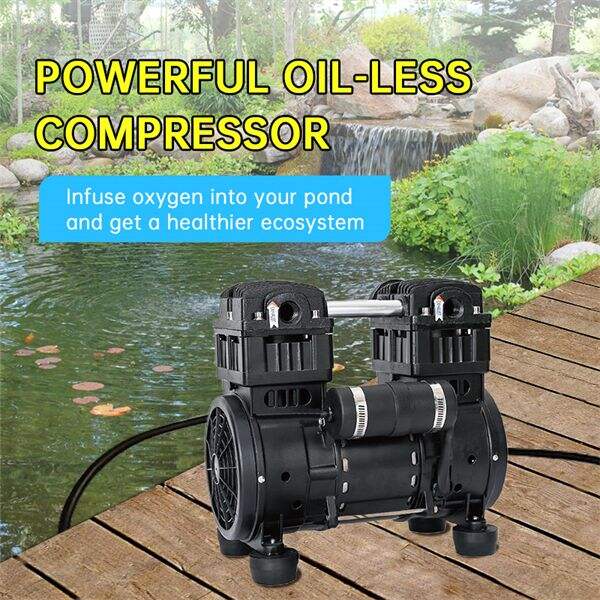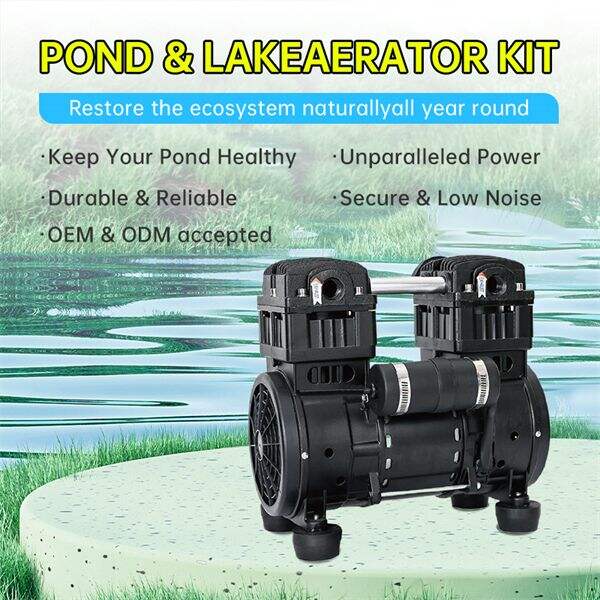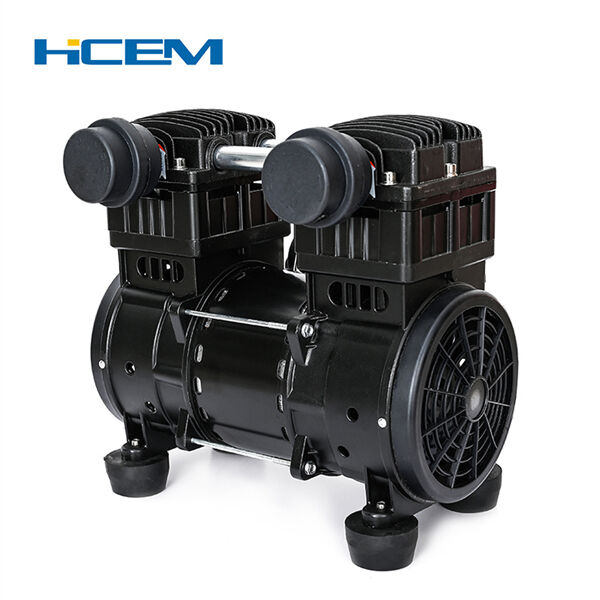Tell me, a bubbling overpond ever observed by anyone of the huge size? These bubbles can be from a specific device known as an aeration pump. In this article, we will dive in and show you how aeration pumps are the key element to keep your pond alive.
Just like us, the fish and other animals which live in a pond needs oxygen to breathe. If there is not enough oxygen in the water these animals would become very ill or die. This is where an aerator pump comes in which will ventilate air through the water that creates bubbles, releasing oxygen. The completion of this process is termed as aeration. Aeration - since oxygen is incredibly important to all things living within your pond ecosystem, aeration pumps come in handy for making sure the residents can breathe easy!
So while providing oxygen aeration pumps also help overcome other challenges our ponds are met with. They can even prevent the algae from growing, as an example. This slow flow of water attracts plant life known as algae which are tiny plants that grow quickly making the water go green and cloudy. Overgrowth of algae can smother the surface water layer, thereby preventing sunlight from entering and hurting many other plants underwater wildlife streams. Aeration pumps also keep the water circulating, and this helps to ensure algae don't start to flourish inside. They also inhibit the proliferation of bacteria, which can cause water to stink and may even lead to serious health disease among fish. All the water both clarity and potential pollution are solved simply by using an Aeration pump to keep all animals, fish or plants clean and healthy, thus allowing them to thrive.

Each pond is unique and has different aeration requirements, so it's essential to choose the correct pump for your pond. Can use you describe the amount of water in this pond, and how deep? The kind of aeration pump used will depend on the needs of each pond, and naturally, a fish-laden lake is going to need more powerful pumps than one devoid offishes. Furthermore, aeration pumps may sometimes even have their own specific parts/attachments designed to help with different pond issues like eliminating high algae growth or enhancing water circulation. Contact a pond expert or do some research to help you select the right aeration pump for your set-up.

Since there are various types of aeration pumps to find, consider the following when choosing one: They have their characteristics that can be beneficial in various pond scenarios. Surface aerator that sits on top of the water and makes a lot of bubbles to oxygenate and move the water. A diffused aerator is placed under water and creates small bubbles that distribute throughout your tank to help even more aeration. The fountain aerator pushes water into the atmosphere as well-a lovely glowing effect along with oxygenate the H20. There are several different types of aeration pump, each with its own set of advantages and drawbacks - your choice will depend on the size (both in terms of gallons and surface area) as well as how many fish you have in there.

As we have already mentioned oxygen levels are a critical for any pond, and these particular workhorse type of pumps will prevent algae and bacteria from becoming established. However, most people do not know that they can also aid in making the water clearer. Stagnant water is the result of an inadequate flow and may get dirty with various kinds of materials. The mud can also obscure the water column and make it difficult for fish and other aquatic wildlife to locate food. Human-style style aeration pumps preserve the water shifting to clear it up and make chroma appear admirable. Not only that, with the infusion of oxygen into water also helps in a healthy digestion for animals to whom it is home. They produce less waste when they are able to digest ingredients better. That means less waste in the water and cleaner overall.